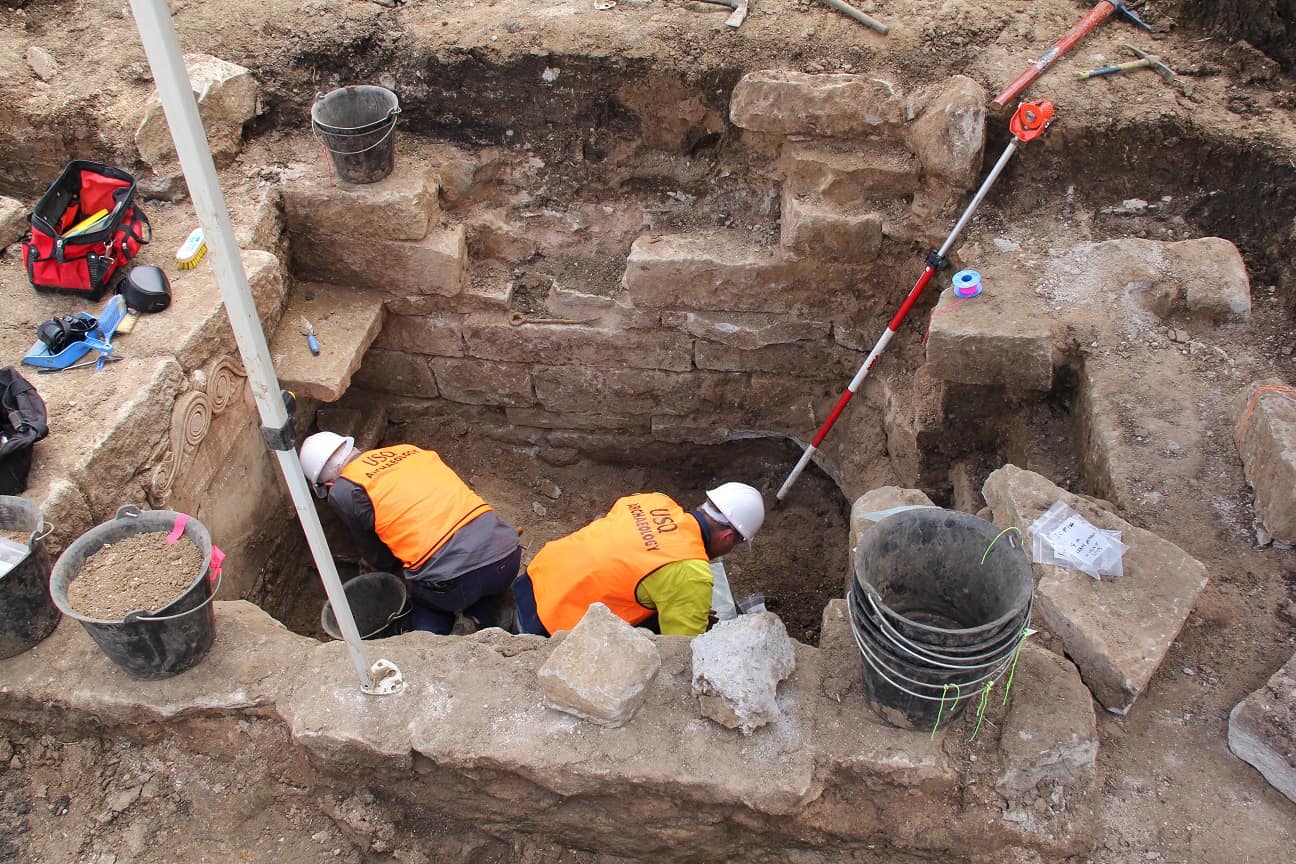
University of Southern Queensland archaeologists working at Ipswich General Cemetery have found an underground crypt and bones thought to belong to a member of Queensland’s first Parliament in 1860.
Ipswich City Council, in partnership with USQ, is trying to uncover the secrets of one of the State’s first politicians, Joseph Fleming.
The first significant breakthrough came a week after the dig officially started.
USQ Professor Bryce Barker and his team today found bones about 2-3m below the cemetery surface. They were found either side of a headstone belonging to the politician’s wife Phoebe Fleming within the crypt.
“On one hand, we are very encouraged by what we have uncovered so far. But, on the other, we are concerned by the amount of damage to the crypt and within the walls,” Prof Barker said.
Council discovered the location of the underground crypt late last year. It was known that between 40-50 years ago the crypt roof had collapsed and the crypt was filled in with soil and covered over.
Prof Barker said the current dig and restoration work was expected to throw up some obstacles, but the extent of damage to the crypt and two coffins inside was far greater.
“We have found human bones scattered all over the place (within the crypt walls). None of it makes much sense at the moment. We had hoped to find the bones in situ, but that hasn’t been the case,” he said.
Prof Barker said his team and council supervising the dig were plotting all the finds, noting down location and depth, to “see if there are any patterns” and for possible relocation in the future.
The crypt is the final resting place of Mr and Mrs Fleming. He was a member of the first Queensland Parliament, representing West Moreton from 9 July 1860 until 3 November 1862 and again from 11 September 1866 until 2 July 1867.
Born in NSW in 1811, Joseph Fleming settled in Queensland in 1848. In September 1850 at Ipswich he bought town lots to establish a boiling-down works, sawmill and flour-mill. He was also a partner in the steamer Bremer trading to Brisbane. He died in Ipswich in 1891, while Mrs Fleming died in 1851.
Prof Barker said work would continue next week uncovering more bones and clues to the mystery.
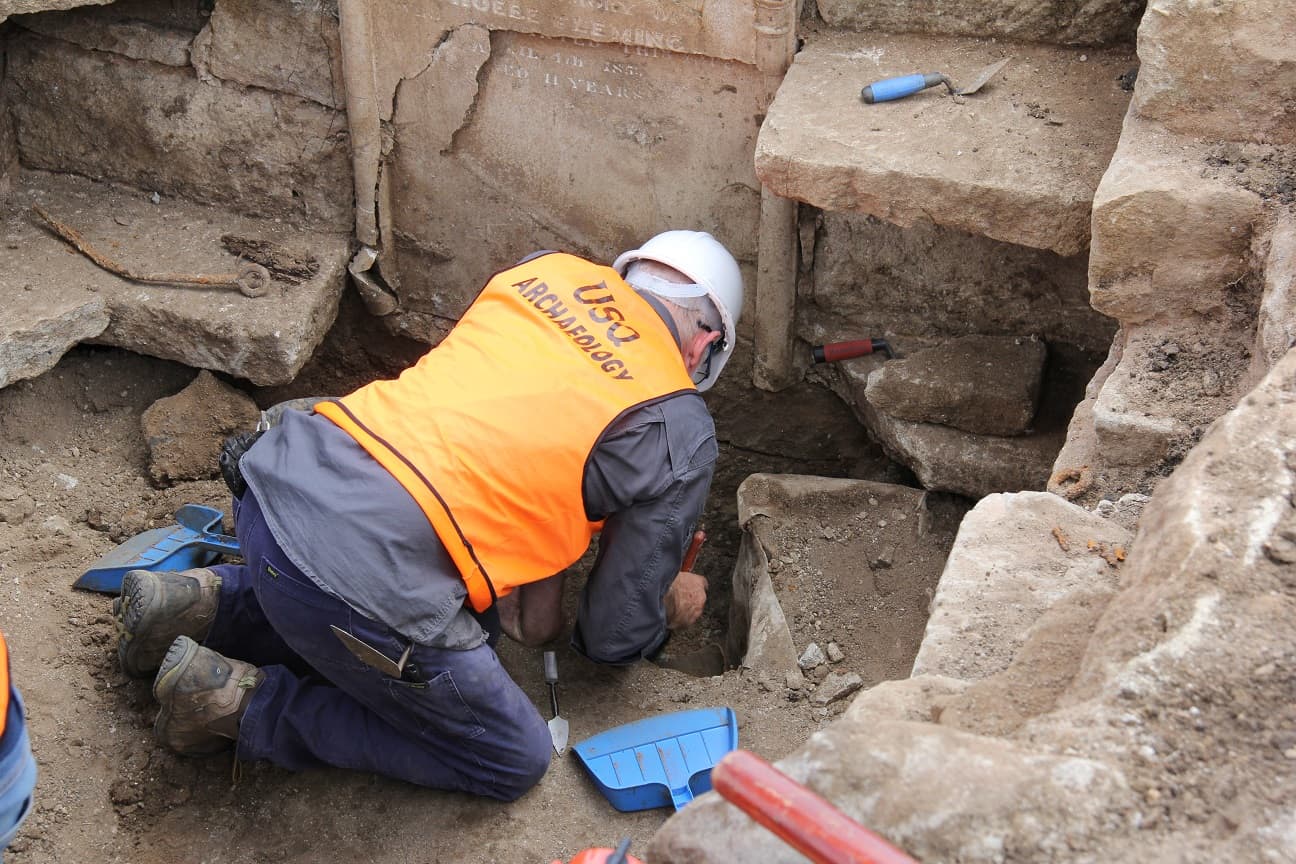
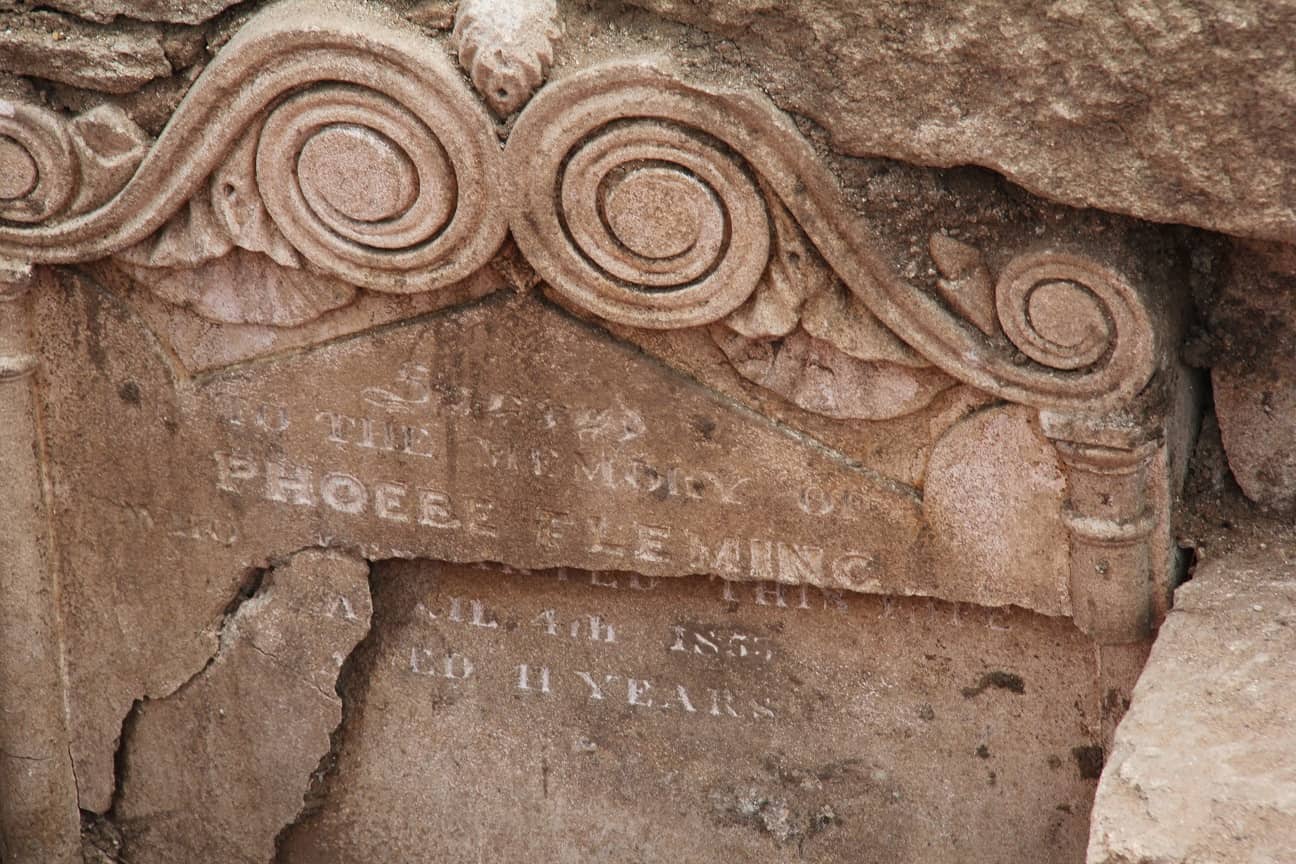
The project will be delivered using six key phases:
1. Excavation of the Crypt: The collapsed crypt must be uncovered using archaeological techniques to preserve the site heritage value and to identify location data for the stone blocks to assist reconstruction.
2. Remove Remains: This is a sensitive phase of the project and will entail the careful removal of human remains and remains of coffins. A local funeral director and the archaeology team will be responsible for this process with remains to be held by the partner funeral director.
3. Rebuilding of the Crypt: A local company has volunteered time and expertise to the rebuilding of the crypt. The lead stonemason has experience in major heritage projects including Anzac Square in Brisbane and major cathedral works in Brisbane and Rockhampton.
4. Reinterment of Fleming Remains: The remains of Joseph and Phoebe Fleming in new hardwood coffins will be reinterred with appropriate ceremony and sensitivity.
5. Crypt Overfill: The crypt exterior will be backfilled and turfed with a small plaque on a concrete desk placed to mark the location. The stairs and access point will be blocked with a removable barrier and filled in to present an entrance that could be made viable with small effort.
6. Documentary Film: The documentary film produced by USQ will be finalised with post production editing and cutting and the virtual reality tour will be completed.
Progress of the crypt remediation will be documented over time on council’s website.
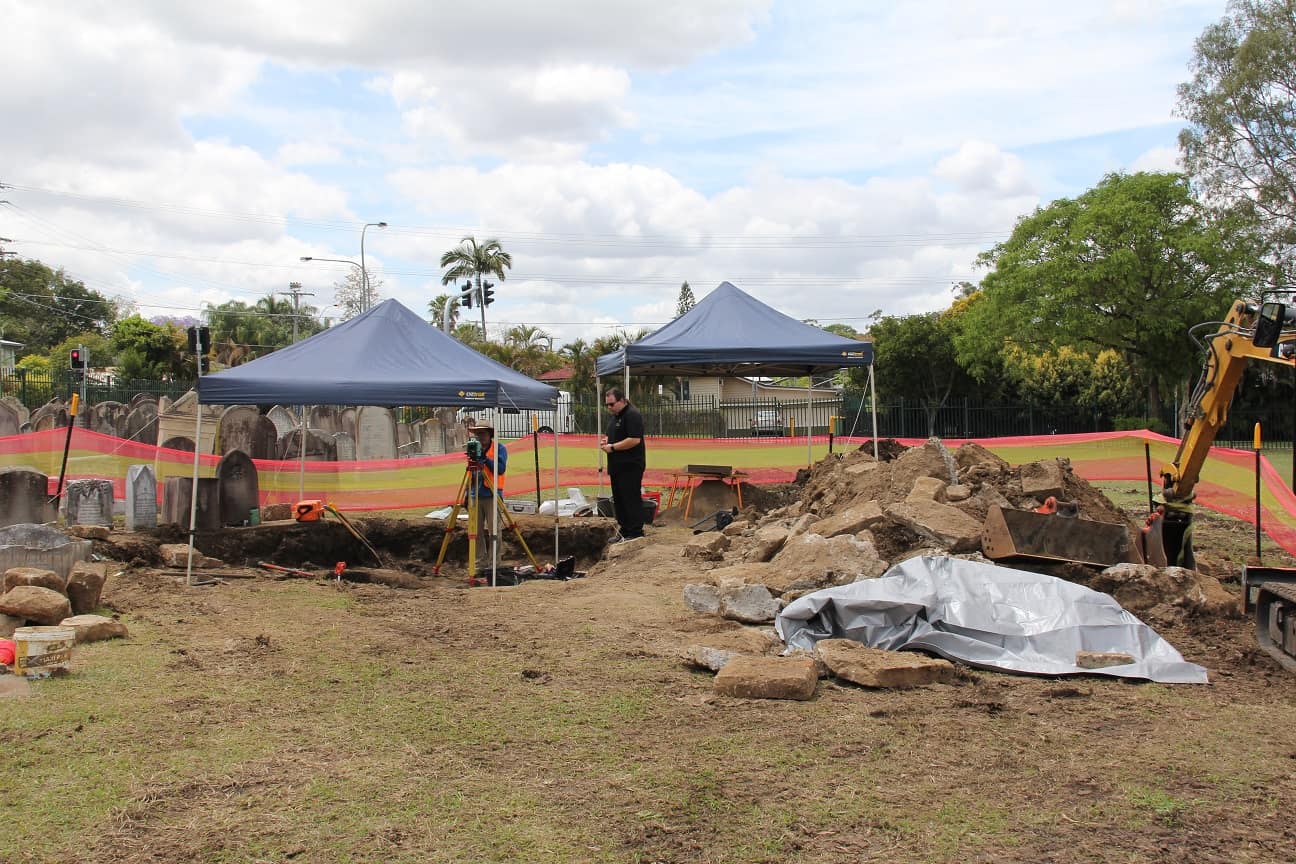

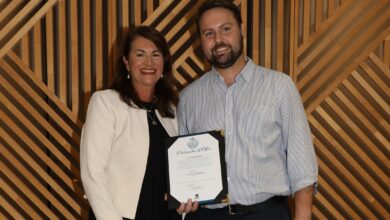
5